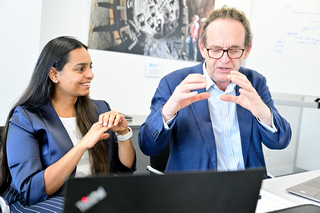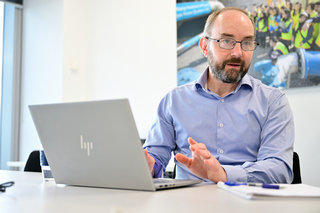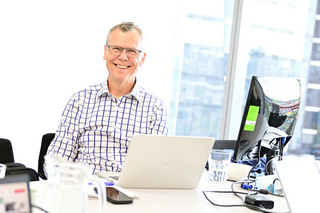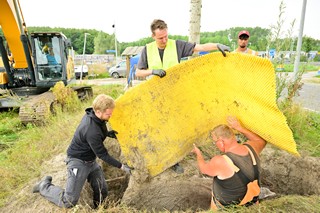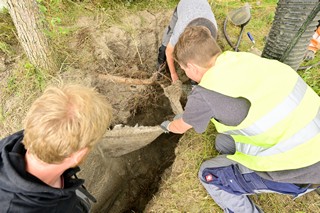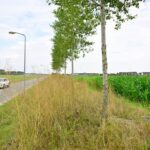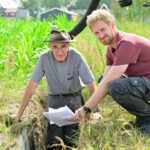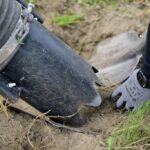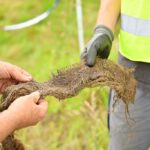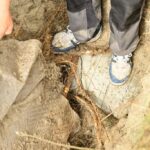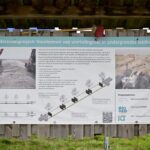Down Under: What are the performance limits of CIPP liners?

Dr. Iain Naismith presenting interim results of our international LinKa – Liner for Sewers research project in Melbourne
LinKa – an international research project
With LinKa, we are investigating the performance limits of Cured-in-Place Pipe (CIPP) liner applications. CIPP is one of the most widely used trenchless rehabilitation methods for sewer systems worldwide. But how far can this method go when it comes to damaged or highly stressed pipes?
To answer this question, we have set up several 1:1 scale test rigs. These rigs replicate real-life sewer conditions and include a variety of predefined damage scenarios – such as cracks, fractures, or deformations. The scenarios were developed in close collaboration with a steering committee of public sewer network owners, ensuring that the research reflects practical challenges faced by operators.Testing and evaluation
CIPP manufacturers have installed their liners in these full-scale test rigs. Our task is to evaluate the performance of the different CIPP liners employed under realistic conditions and to provide detailed reports to the participating sewer network owners. In this way, the project creates a transparent basis for evaluating liners and understanding their application limits.
A broad international network
LinKa is truly international in scope: 40 sewer network operators from Australia, Belgium, Germany, Ireland, the Isle of Man, the Netherlands, New Zealand, the States of Jersey and the United Kingdom are actively involved. This broad participation ensures that findings are relevant not only for one country, but for sewer operators worldwide.
Interim results in Melbourne
The interim results were recently presented by our colleagues Dr Iain Naismith and Ashwini Ausekar at WSAA in Melbourne. The hybrid workshop format allowed our partners from various Australia and New Zealand utilities to attend in person or online. The event sparked valuable discussions about the first findings and the next steps in the project.
Coordination in the Southern Hemisphere
In the Southern Hemisphere, the project is coordinated by WSAA, the national association of water suppliers and wastewater utilities in Australia. James Gardner, James Goode and Greg Ryan represented WSAA at the event. From our side, our Managing Director Roland W. Waniek joined the workshop in person.
Contact persons
- Iain Naismith, PhD
phone: +44 7983 605219
email: naismith@ikt.institute - Ashwini Ausekar, M.Sc.
phone: +49 209 178060
email: ausekar@ikt.institute
